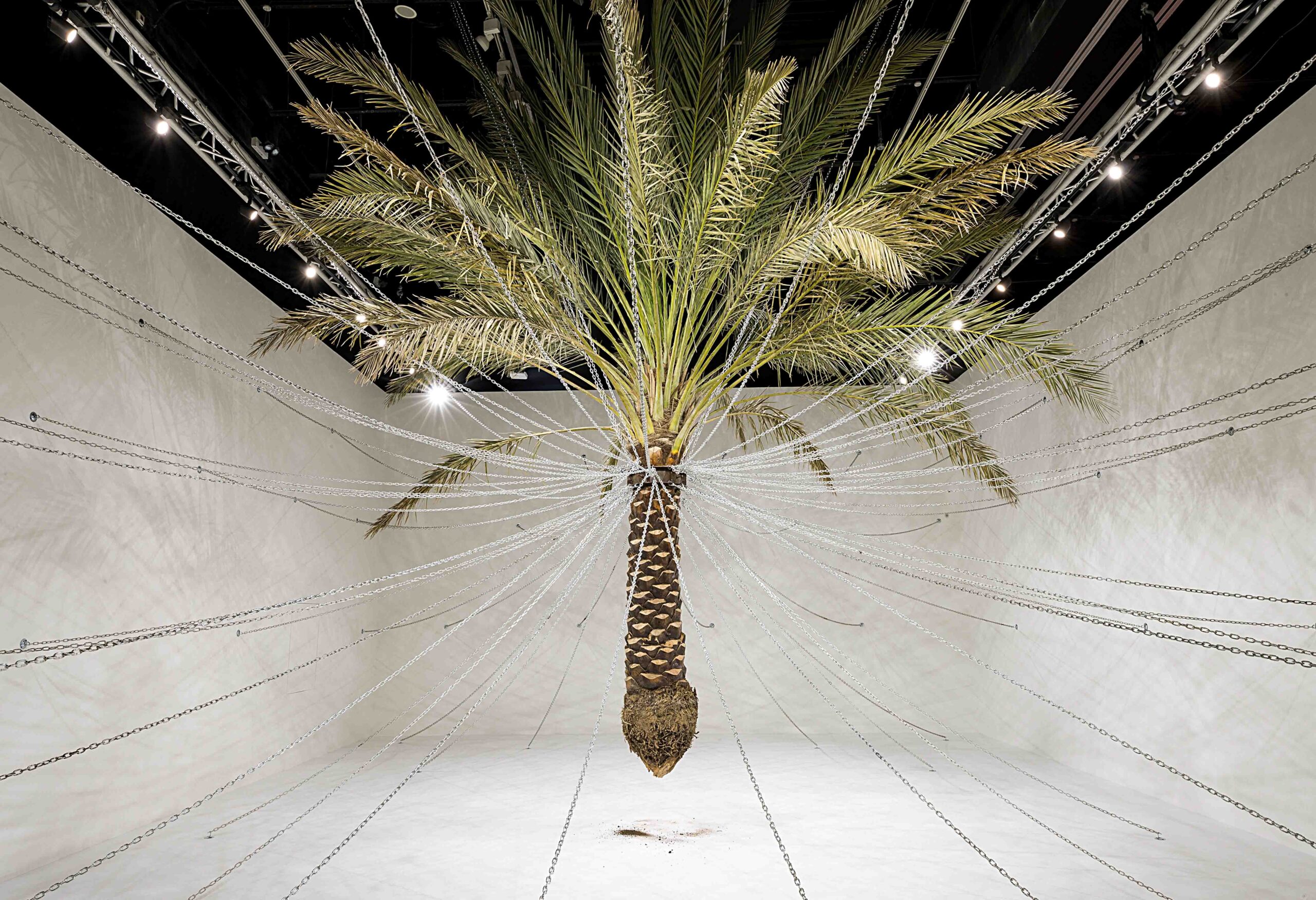Patua: Bengal’s minstrels of mythos
UPASANA BHATTACHARYA
Daitya once lived in the hills outside a tiny village in Bengal. He had caused massive pandemonium in the lives of the locals, for he would come out at night and devour whoever he could find – man, animal, or child. At their wits’ end, the people pleaded with the village chieftain for a solution. A plan was made overnight, a plan that had all the ‘smart payback’ virtuoso provincial folktales are made of. One large mirror was quietly placed just outside the beast’s cave. When he came out that night, he was so dreadfully taken aback to see another creature as big and powerful! Where monsters have had the brawn, men have compensated with brains. Evidently, the mirror received major wrath and got shattered to pieces. But now a hundred more angry monsters blinked back at him. Ultimately in rage and distress, the daitya wept him to death. The next morning, the village men rejoiced over the monster’s corpse, and wanted to share their ,joy with the rest of the people. One of them, a creative man perhaps, used a big leaf to paint the pictures of the daitya and the probable story of his end. He went around to nearby villages to narrate this story, and the pictures added to its appeal. Wherever he went, he was given food to eat and some rice for home. Soon this upgraded his livelihood from being just a farmer. The audience also eventually started requesting for more tales and more variety. It can be said that these folks may have been how Bengal’s art of Patua took to its germination.
It is interesting how there are a number of conjectures about the origin of this art form. Some scholars suggest the art of Patua came into popular practice as early as the 10th Century. Some draw similarities to its form and colour palette with the wall paintings of Mohenjo-Daro. It is almost like this craft had always been there in the Indus air, and one day simply chose to take a more pronounced manifestation in the land of Bengal. The artists do however find a definite mention in a 13th Century Sanskrit text Brahmavaivartapurana, as the ancestors of one of the nine sons of demigod Vishwakarma, each of who founded the nine guilds of craftsmanship on earth.

